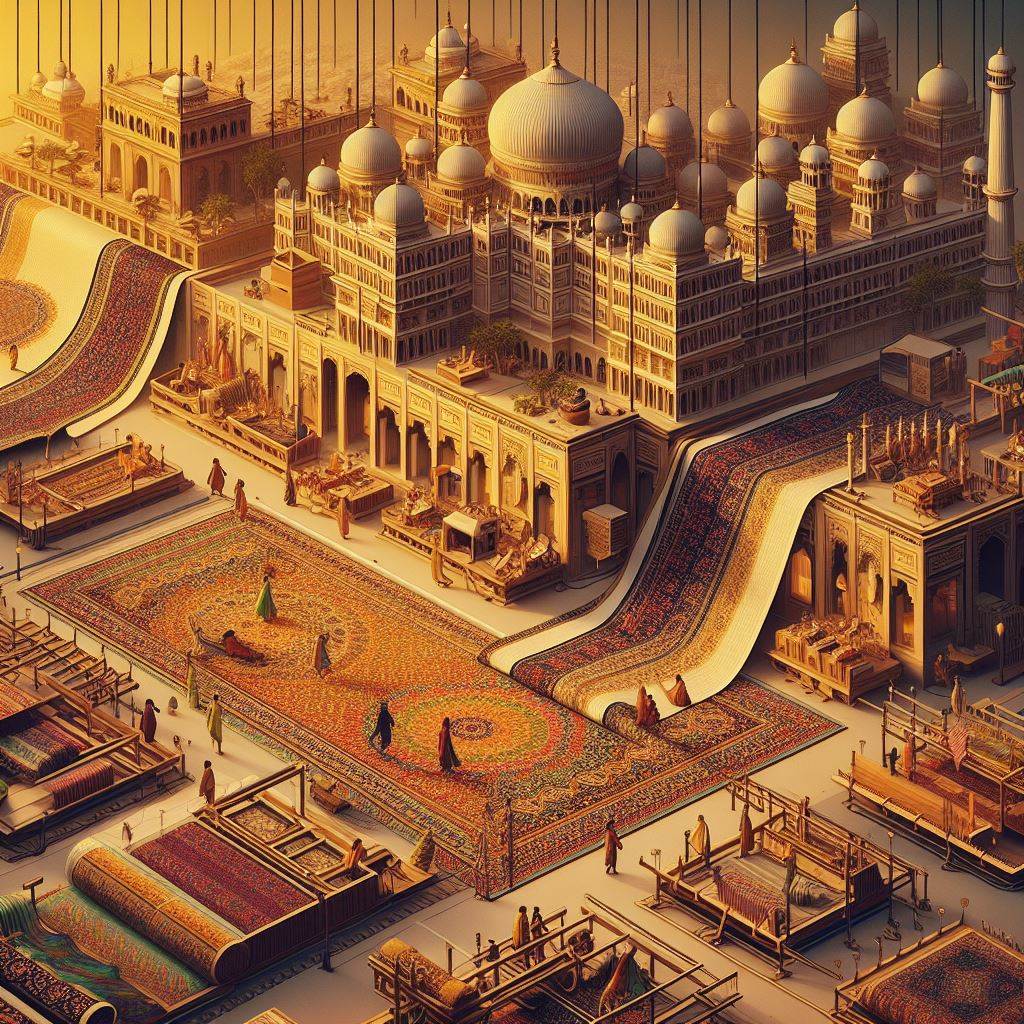
Nestled within the intricate patterns of Kashmir's traditional handwoven carpets and rugs lies an ancient symbolic code known as "talim," a time-honored method that has guided carpet design and communicated crucial information to weavers for centuries.
For Mohammad Rafiq Sofi, weaving carpets using talim designs has been a lifelong pursuit, starting at the tender age of eight under the tutelage of his father.
"It took me five years to learn how to weave properly," reflects Mr. Sofi, now 57, tracing his journey in the industry spanning over five decades.
The evolution of the craft has been remarkable during Mr. Sofi's tenure. In the early days, crafting a single carpet could span over six laborious months.
The process commenced with a designer sketching the carpet, followed by a talim expert encoding the design into small sections, which were then dispatched for weaving.
These encoded sections served as guides for weavers like Mr. Sofi, delineating where each thread should be knotted and which hues to employ.
However, the fragmented nature of this process made error detection arduous and rectification time-intensive, necessitating numerous iterations between designers and weavers.
In contemporary times, technological advancements have revolutionized this age-old practice. Computer software now seamlessly manages the design and generation of talim code, accelerating the process significantly.
Although the weaving and knotting remain manual endeavors, the integration of computer software enables Mr. Sofi to visualize the entire design at once, facilitating proactive identification of potential issues and minimizing time-consuming errors.
"This innovation in handmade carpets is not to disrupt the essence of artistic carpets; it's just to speed up the process - designs being available now at a speed," affirms Mehmood Shah, the director of Handloom & Handicrafts for the government of Jammu and Kashmir.
In this symbiosis of tradition and technology, Kashmir's rich legacy of handwoven carpets continues to flourish, preserving its cultural heritage while embracing the efficiencies of modernity.